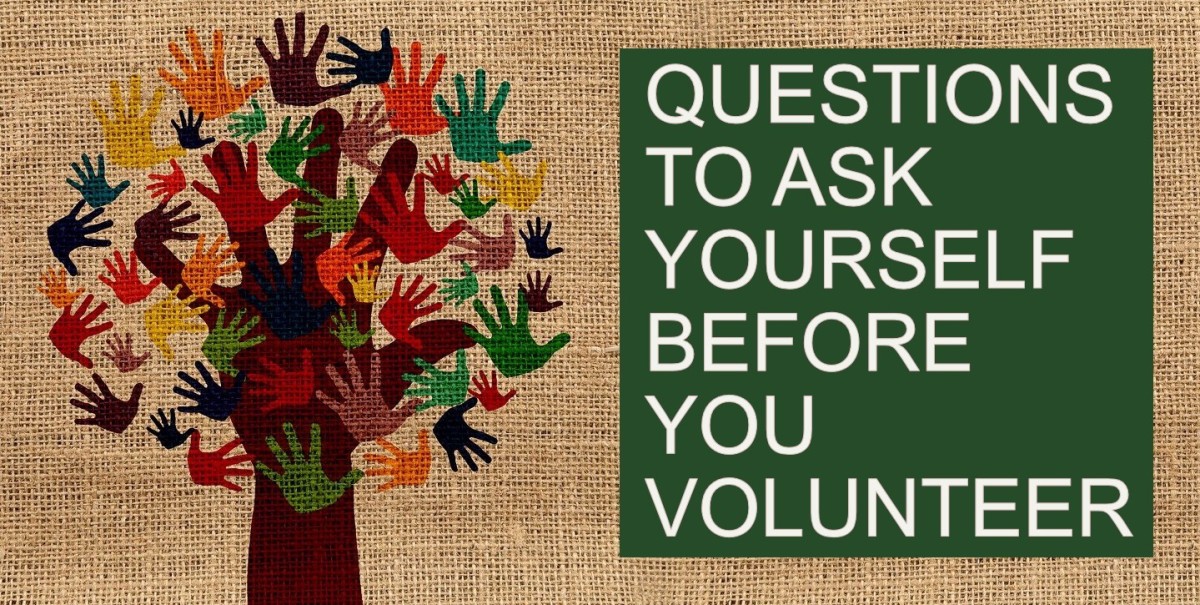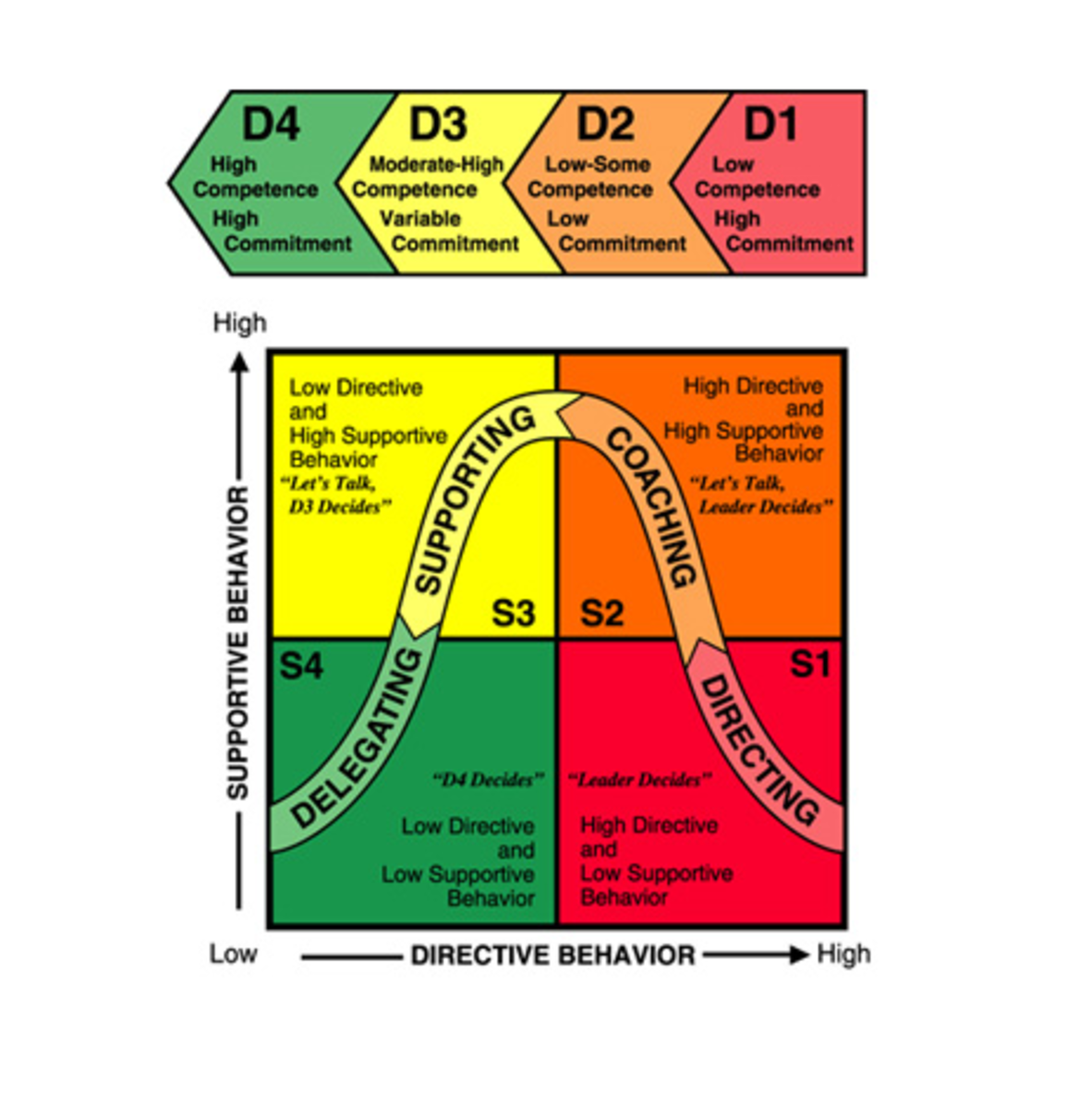Changing Behavior
Question: How can I align a staff member with the company’s mission and culture?
Details: As a leader, your goal is to ensure that a team of individuals strive to accomplish the company’s mission consistent with a culture of cooperation, communication, and respect. With luck, all your staff are on board with the plan, and everything is going smoothly. But the reality is that often some personnel are not engaged as you would like or are focusing on a different problem. Do you have a staff member who is aloof, inappropriate, or ill-focused? How can you alter the behavior of an individual to get them on the right path for success in your organization?
The following approach outlines a strategy to change the behavior of a staff member, so their work habits and efforts in the company align with the company’s mission and culture by
-
altering the environment,
-
conveying knowledge to be assimilated,
-
supporting cognitive accommodation,
-
providing guided practice or guided discovery, and
-
reinforcing behaviors with goal-focused coaching.
Altering the Environment
The first step looks at environmental changes which help you reach your goal. As an example, if you want to create an environment where staff do not smoke, then the most natural solution would be to declare that smoking is not allowed in or near the organization.
UNC Health System deployed this strategy; it provided a much more attractive work environment as well as a better experience for customers. Similarly, the Cleveland Clinic decided that part of its mission was to address the Obesity Epidemic and that sugar-sweetened beverages were a part of that problem. They could not stop the employees from drinking sugar-sweetened beverages; however, the organization could remove all soda vending machines from the Healthcare System. This removal significantly impacted the use of sugar-sweetened drinks and is credited for a decrease in the weight burden of the staff in general. Keep in mind that implementing an environmental change is likely affecting the entire organization, not a specific individual.
Conveying Knowledge for Assimilation
Knowledge assimilation requires that the learners develop an understanding of the connection between the new information and information that they already possess. For example, a staff member may not be aware of the costs associated with a delay in producing a product to the customer; give them that information. Sometimes, you must do more than just provide information to be learned. You must present information consistent with the knowledge the person already has (Lefkowitz, 1988). A one-size-fits-all strategy may not work. Different employees may have different knowledge bases and varying sophistication of those knowledge bases. As an example, information about what is appropriate and inappropriate regarding criticism of other team member’s work should take into account the skills set and prior training of the individual.
Supporting Cognitive Accommodation
Jean Piaget proposed the term accommodation to describe adapting knowledge to existing cognitive schema. During accommodation, the individual creates a new schema or alters existing schema, or ideas, in response to the novel information or experience (Cherry, 2017). For example, you may want to affect the schema that "the work must be complete by the deadline." Altering this schema may be a challenge for a staff member who was not previously restricted by such deadlines and does not see deadlines as fixed. Accommodation involves providing the knowledge necessary to the individual to help them assimilate it into or alter the existing schema. For example, conveying the following knowledge will assist with assimilation, "If we don't get this to the customer by 5 pm they probably won't work with us again, and we will lose them as a client."
Providing Guided Practice or Guided Discovery
Guided Practice is interactive instruction between the educator and the individual. After introducing the new learning, the educator asks the learner to practice the process in a similar task to the final one (Houston Independent School District). For example, if the goal is to help the learner acquire PowerPoint skills for a future presentation, you might provide a simple template and task that requires the production of a PowerPoint deck for a specific purpose. Once the individual is skilled in that job, the individual can then potentially proceed with producing other PowerPoint presentations.
Guided discovery is a more inductive approach. The educator describes a broad purpose. The learner seeks out the rules and method to accomplish that objective (British Council | BBC). For example, assume you want the individual to obtain skills to determine statistical significance. Rather than teaching them how to do a Chi-Square, a strategy more consistent with guided practice, you can provide the tools to assess statistical significance, and the importance of statistical significance (cognition). The learner would be tasked to find a solution to the problem. A successful experience would yield a more robust and flexible strategy than guided practice. Discovery encourages innovative solutions. It can establish team and communication skills and make learning more memorable. Alternatively, an individual that fails to find a solution may become frustrated and eventually resistant to this approach.
Reinforcing Behaviors with Coaching.
A coach is a trusted role model and a skilled adviser or guide. The coach is supportive of the individual's exploration, assessment, and investigation of solutions. Coaching efforts include observation as well as offering feedback, reminders or a hint to guide the work toward a more productive path. Coaching is a systematic process with collaboration between the coach and the individual to obtain a specific solution or enhancing performance (Simmons, 2013; Hauser, 2009; Kilburg, 2000). Keep in mind a more focused approach on a particular goal is more productive than a broad person-focused method that does not identify a distinct purpose or solution (Grant, 2012).
For some, the goal is to help the individual maximize their performance and potentially achieve the performance skills and mastery of the coach. Thus if you were supervising a young programmer, the goal would be to get the programmer to obtain the level of skills seen in the coach (Druckman, 1992; Whitmore, 2017).
Other coaching models describe coaching as an exploration. The coach's efforts are facilitative. The aim is to help the individual see options, not achieve a specific level of performance. In this more explorative approach, the goal is to help the individual attain the highest level of programming skills possible as long as those skills are still relevant to over task at hand (McLean, 2012 update of Hudson 1999). As with guided discovery, a facilitative model is more likely to yield a higher return and the capability to take on future and poorly defined challenges. It can inspire the individual to apply energy and enhance devotion. The result can be broad competence, commitment to the task, and improved self-efficacy (confidence) in overall skills and capability (Kilburg, 2000, Grant, 2003). It can also yield frustration and a request for the coach to "just provide the right answer."
Summary
You can implement a clear strategy to help a staff member who is aloof, inappropriate, or ill-focused align their behavior with your company’s vision and culture of cooperation, communication, and respect. A successful approach will alter the environment, convey knowledge to be assimilated, support cognitive accommodation, provide guided practice or guided discovery, and reinforce behaviors with goal-oriented coaching. I hope this article can improve your skills as a leader and help you achieve your organizational goals. Good luck!
References
-
British Council | BBC. Guided discovery. Teaching English | British Council | BBC.
-
Cherry Kendra. Meaning of Accommodation in Psychology. Verywell. December 1, 2017.
-
Druckman D, Council National Research, Education Division of Behavioral and Social Sciences and, Education Commission on Behavioral and Social Sciences and, Performance Committee on Techniques for the Enhancement of Human. In the Mind’s Eye: Enhancing Human Performance. Vol First edition. (Bjork RA, Druckman D, eds.). Ann Arbor, Mich: National Academies Press. February 1, 1992.
-
Grant Anthony M. The impact of life coaching on goal attainment metacognition and mental health. Social Behavior and Personality. January 5, 2003;31(3):253-264. doi:10.2224/sbp.2003.31.3.253.
-
Grant, Anthony M. An integrated model of goal-focused coaching: An evidence-based framework for teaching and practice. International Coaching Psychology Review. 2012;7(2):146-165.
-
Hauser Laura. Evidence-based coaching. Od Practitioner. 2009;41(1).
-
Heick Terry. The Assimilation vs. Accommodation Of Knowledge. TeachThought. June 10, 2014.
-
Hudson Frederic M.
The Handbook of Coaching: A Comprehensive Resource Guide for Managers, Executives, Consultants, and Human Resource Professionals. Vol 1 edition. San Francisco: Jossey-Bass. July 22, 1999.
-
Kilburg Richard R.
Executive Coaching: Developing Managerial Wisdom in a World of Chaos. Vol 1 edition. Washington, D.C: Amer Psychological Assn. April 1, 2000.
-
Lefkowitz Lawrence S, Lesser Victor R. Knowledge acquisition as knowledge assimilation. International Journal of Man-Machine Studies. August 1, 1988;29(2):215-226. doi:10.1016/S0020-7373(88)80047-6.
-
McLean Pamela. The Completely Revised Handbook of Coaching: A Developmental Approach. Vol 2 edition. San Francisco: Jossey-Bass. September 4, 2012.
-
Simmons Leigh Ann, Wolever Ruth Q. Integrative Health Coaching and Motivational interviewing: Synergistic Approaches to Behavior Change in Healthcare. Glob Adv Health Med. July 2013;2(4):28-35. doi:10.7453/gahmj.2013.037.
-
Stober Dianne R, Grant Anthony M, editors.
Evidence Based Coaching Handbook: Putting Best Practices to Work for Your Clients. Vol 1 edition. Hoboken, N.J: Wiley. April 21, 2006.
-
Whitmore John.
Coaching for Performance Fifth Edition: The Principles and Practice of Coaching and Leadership UPDATED 25TH ANNIVERSARY EDITION. Vol 5 edition. Boston, MA: Nicholas Brealey. October 24, 2017.
-
Houston Independent School District. Guided Practice. Curriculum and Development.
© 2017 Bradley Tanner






